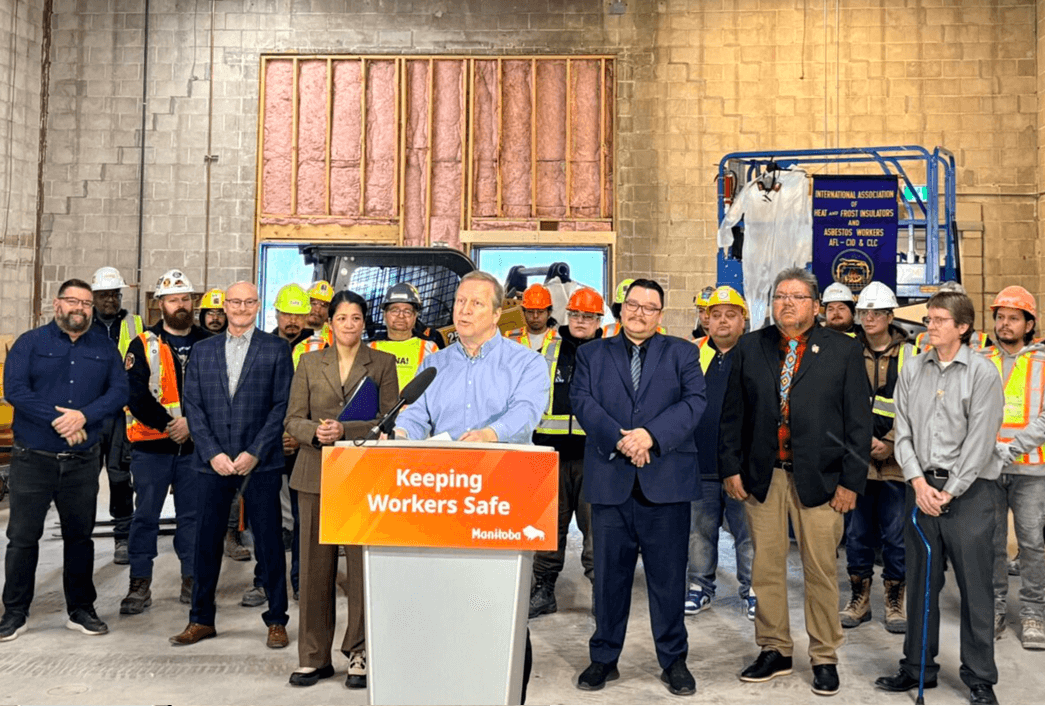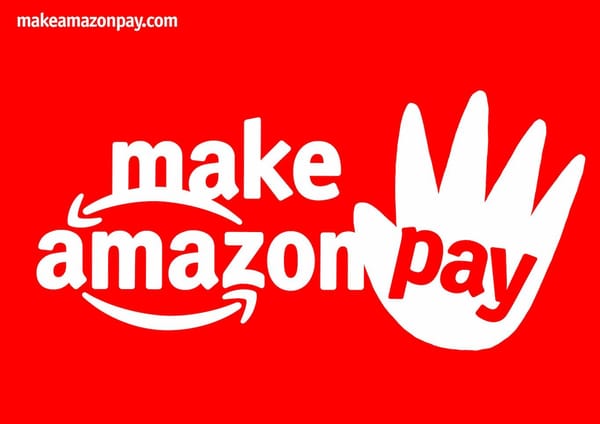
Public servants in British Columbia are on strike. After their union issued a 72-hour strike notice on August 29, members of the BC General Employees’ Union (BCGEU) officially walked off the job on September 2.
According to the union, an initial 2,627 members erected picket lines in Prince George, Surrey and sites across Victoria, while BCGEU president Paul Finch warned that further job escalation will follow if the government doesn’t improve its wage offer.
Roughly 34,000 BCGEU members work for the B.C. Public Service, performing a wide range of tasks across multiple departments and agencies. The primary sectoral collective agreement covers workers at more than 30 government agencies and Crown Corporations.
“These workers keep B.C.’s economy moving by reviewing projects, permits, and environmental assessments. When they stop, projects stall and communities wait,” BCEGU posted on Twitter, while encouraging supporters to join the picket lines.
Members’ collective agreement expired at the end of March, while negotiations have been ongoing since late-January.
On July 18, the union announced that bargaining had reached an impasse. At the time, Finch, who is also chair of the bargaining committee, said the employer’s offer “falls far short of addressing members’ needs and has only deepened frustration.”
At the same time, the union released a report entitled, “An Investment In Public Safety And A Healthy Economy,” using government figures and member survey data to show the affordability crisis facing workers as well as the feasibility of improving public sector compensation.
The report showed that BCGEU members working for the public service are comparatively underpaid relative to average wages in the province and to public employees in other jurisdictions with similar costs of living.
In addition, public service wages have not kept pace with inflation. For example, survey data showed that half of members are living paycheque to paycheque, while 70 per cent are spending more than 30 per cent of their pre-tax income on housing.
Low pay is also causing recruitment and retention issues, according to the union’s report. Consequently, B.C.’s public administration is understaffed. The province has one public servant for every 186 residents, compared to a national average of one for every 146 residents.
Yet, far from a drain on scarce resources, investments in the public service make good economic sense. According to the report, every dollar spent on public sector wages can produce between $1.09 to $1.28 in GDP.
Rather than improve wages and expand hiring, however, the B.C. government announced a hiring freeze as of February 13, citing a dire fiscal situation and the impact of the trade war with the United States. This hiring freeze was notably imposed without consulting BCGEU representatives. The union is now seeking answers during bargaining.
“A blanket hiring freeze isn’t the right tool for supporting effective public services during times of crisis. Government should be consulting BCGEU members who have extensive experience providing those services and critical feedback to share about what’s essential for the function of public services,” the union said in response.
Clearly frustrated, union members voted 92.7 per cent in favour of a strike, with more than 86 per cent of all members voting.
“Government’s current offer doesn’t meet the urgency of this crisis, and this emphatic strike vote result reflects workers’ deep concern over the lack of progress at the bargaining table. Their message to government is clear: we are united and ready to act to secure a fair contract that keeps B.C.’s public services strong,” Finch said in a press release.
Prior to reaching an impasse in negotiations, the union tabled a wage proposal of 4 per cent in 2025 and 4.25 per cent in 2026, in addition to other targeted wage adjustments for less-senior members aimed at improving pay competitiveness with other Canadian jurisdictions.
The employer’s counter-offer, according to information released by the union, was just 1.5 per cent in year one and 2 per cent in year two of the contract. The government employer’s council also proposed splitting each of these annual raises into two staggered increases (0.75 per cent in April and October 2025 or 0.50 per cent plus $0.15 per hour in the same months, and 1 per cent in the same months of 2026), an unorthodox salary structure that would see union members waiting longer for pay increases.
While the parties have reached agreement on some issues, disagreement over pay remains the primary sticking point.
“Public service workers fight fires, staff emergency lines, and care for our most vulnerable. But these workers are facing an affordability crisis,” Finch said in a press release. “These same people who are struggling to make ends meet have voted overwhelmingly to strike. They are declaring that the government’s last offer is unacceptable and they are willing to fight for the deal that they need.”
The union is also looking to make improvements on telework protections to guard against arbitrary management decision-making.
As they explain in a summary of bargaining proposals, “our collective agreement doesn’t address the arbitrary and inconsistent way that flexible work arrangements are applied. Members have reported abrupt and unpredictable changes to their telework or remote work setups. In other words, existing arrangements are precarious - and that uncertainty creates significant stress, especially as members navigate rising costs, affordability challenges and the need for work-life balance.”
This is a key round of union negotiations in B.C. with wide implications for the labour movement.
The BC Public Service is one of the largest bargaining units in the province, and this contract negotiation also coincides with those of hundreds of thousands of other public employees.
Unfortunately, a recent deal between the Hospital Employees’ Union (HEU) and the government has sowed division between unions. With the latter union announcing a deal framework, solidarity between workers has been compromised. HEU’s contract framework could now lower the bar not only for BCEGU but also for the rest of the approximately 452,000 teachers, nurses and other public sector workers who will need to negotiate new contracts.
Large public sector strikes in jurisdictions with an NDP government can be challenging, given the close ties between much of labour officialdom and the party. Yet, labour unrest has been a feature of public sector negotiations in B.C. in recent years.
In 2022, BCGEU members struck for two weeks at BC Liquor Distribution Branch warehouses across the province, before reaching a new collective agreement. The deal barely passed, with only 53.4 per cent of members voting to ratify it. It seems pent up frustration from the last round of negotiations may be spilling over now.
Although the NDP has yet to table a wage package that’s acceptable to BCGEU members this time around, the government has reiterated its commitment to upholding the right of union members to strike. While this is a low bar, it’s nevertheless reassuring at a time when governments seem increasingly determined to extinguish strike activity by whatever means necessary.
Just prior to the strike, the union released the results of a poll conducted by Leger that showed 74 per cent of respondents support increasing the pay of frontline B.C. public servants. Moreover, 60 per cent expressed concern that affordability issues are causing frontline public workers to leave their jobs, while 80 per cent agreed that too much is spent on management and not enough on frontline staff.
With the wind of public support in their sails, striking public servants in B.C. could very well secure a deal that starts to address the affordability crisis they and so many others face.
Editor’s note, Sept. 8, 2025, 6:38 p.m. EST: This story has been updated to more accurately describe the announcement of HEU’s deal framework with the B.C. government.
Recent Class Struggle Issues
- September 2 | Air Canada Flight Attendants May Vote Down The Wage Package
- August 25 | Air Canada Flight Attendants Have Made Labour History
- August 18 | Chrétien-Era Austerity Levels May Soon Return Under Carney
- August 11 | The Sky Is The Limit For Airline Workers’ Labour Militancy







